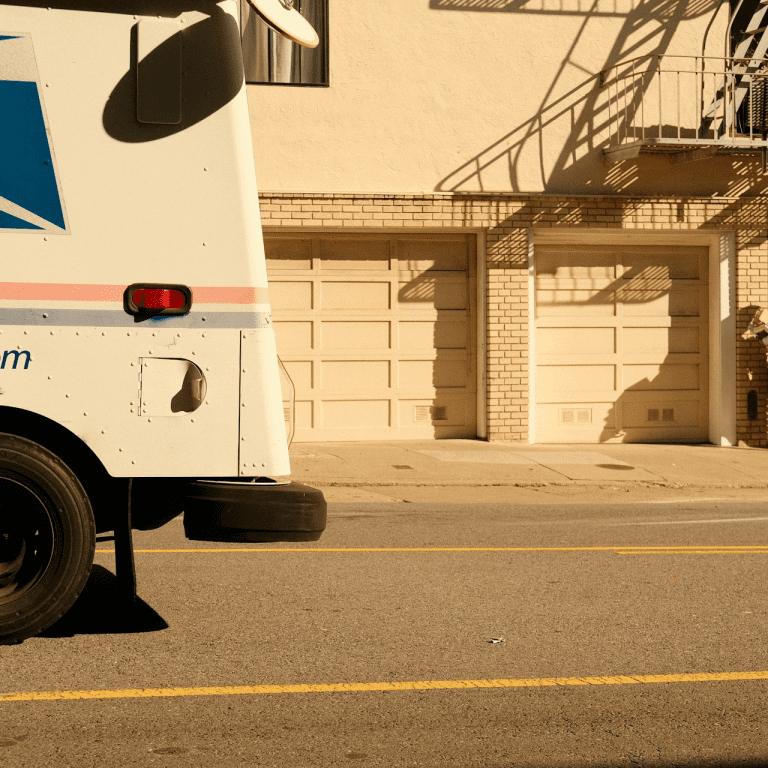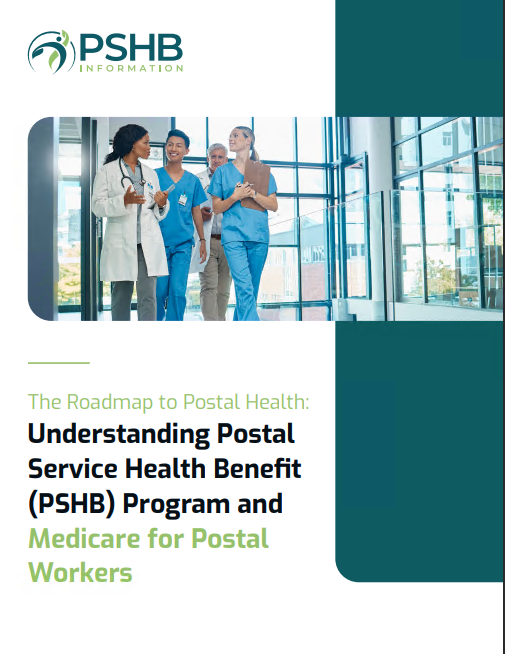Key Takeaways
-
Medigap premiums often increase each year, even if your health and coverage stay the same.
-
As a Postal Service annuitant, understanding how these hidden increases affect your overall retirement budget can help you evaluate whether PSHB coverage may offer more stable cost protection.
Medigap’s Purpose—and Its Cost Trap
Medigap, or Medicare Supplement Insurance, was designed to fill the gaps in Original Medicare by covering deductibles, copayments, and coinsurance. On the surface, it sounds like a predictable way to limit out-of-pocket costs. But for many retirees—especially those with fixed incomes—what starts as a stable supplement can become a slow-moving financial burden.
You may have chosen Medigap thinking it would lock in your peace of mind. However, the reality in 2025 is that Medigap premiums increase nearly every year, and those hikes rarely make headlines. Instead, they quietly erode your retirement budget while you’re busy juggling housing, groceries, and prescription drug costs.
What Drives Medigap Premium Increases
Several factors influence Medigap premium increases, and many of them are completely out of your control:
-
Age-based pricing: Most Medigap plans are priced using attained-age rating, meaning your premium rises simply because you get older.
-
Inflation in healthcare costs: As medical service costs rise nationally, insurance providers adjust premiums to reflect the growing burden.
-
Community-wide claims history: Even if you’ve barely used your Medigap plan, premiums may increase due to overall utilization by other enrollees in your age group or geographic area.
-
Administrative costs: Overhead, regulatory changes, and shifting policy rules can also cause incremental premium hikes.
In essence, you could be a healthy 75-year-old with few claims and still see your Medigap premiums rise substantially year after year.
How These Increases Affect Postal Service Retirees
If you’re enrolled in a Medigap plan alongside Original Medicare rather than a PSHB plan, you may be feeling the pinch in 2025 more than ever. Here’s how:
-
You’re paying a separate premium for Medigap, plus Part B, and possibly Part D—these costs add up quickly.
-
Your Medigap premium isn’t offset by government contributions the way PSHB premiums are.
-
Annual increases in premiums can erode the COLA adjustments you receive from your federal retirement annuity or Social Security.
By contrast, many Postal Service Health Benefits (PSHB) plans coordinate with Medicare Part B and include comprehensive coverage without the need for a separate Medigap plan.
Medigap vs PSHB: What You May Be Overlooking
In 2025, Postal Service annuitants and retirees have access to the PSHB program, which is designed specifically for the USPS population. If you’re eligible and enrolled in Medicare Part B, many PSHB plans:
-
Offer integrated medical and drug coverage under one plan
-
Waive deductibles or lower cost-sharing when combined with Medicare
-
Avoid separate Medigap enrollment and its escalating premium structure
-
Provide protection against high out-of-pocket costs with defined maximum limits
One of the key differences in 2025 is that PSHB plans must coordinate with Medicare. This eliminates much of the cost uncertainty that Medigap-only users face.
The Premium Creep Over Time
While Medigap might seem stable at first, premium increases follow a slow, cumulative pattern. For example:
-
At age 65, your premium may be affordable.
-
By age 70, it could rise modestly but noticeably.
-
By age 75 or 80, depending on the plan and location, you may be paying double or more compared to what you initially paid.
What makes it worse is that many retirees do not notice the full impact until they’re already deeply reliant on the plan. By then, switching may be harder or even restricted due to health underwriting, depending on state rules.
In contrast, PSHB plans don’t use age-based pricing, and their premium increases tend to reflect broader plan changes shared across the enrollee pool—not just your personal age bracket.
Hidden Risks of Staying on Medigap Too Long
You might believe that sticking with Medigap protects you long term. But in reality, staying with a Medigap plan that increases every year can carry hidden financial risks:
-
Outliving your budget: Rising premiums could outpace your fixed income, forcing difficult financial decisions.
-
Limited flexibility: If you try to switch Medigap plans later in life, you may be subject to medical underwriting unless you qualify for a guaranteed issue right.
-
Missed integration benefits: Choosing Medigap over a PSHB plan coordinated with Medicare means giving up features like reduced copays, lower prescription costs, and potential Part B premium reimbursement offered by some PSHB plans.
Why 2025 May Be the Right Time to Reevaluate
This year marks a major shift. As a Postal Service retiree, you are now part of the PSHB system. If you haven’t reevaluated your healthcare strategy in light of this, you’re not alone—but you might be missing out.
The PSHB transition includes specific provisions for Medicare integration, especially for annuitants who retired on or after January 1, 2025, or who turn 65 this year. If you meet eligibility requirements, the PSHB structure can replace Medigap with a plan that caps your out-of-pocket spending and reduces your monthly financial exposure.
Here’s why it’s worth reexamining your setup:
-
You could consolidate coverage and reduce administrative hassle.
-
You may gain predictable annual costs versus unpredictable Medigap hikes.
-
You could eliminate the need for standalone drug coverage since most PSHB plans include prescription benefits.
Evaluating PSHB as a Strategic Alternative
When comparing Medigap and PSHB, don’t just look at monthly premiums. Think long-term:
-
Cost trend: PSHB plans offer more stability and government-backed support.
-
Benefit integration: With Medicare coordination, many PSHB plans simplify cost-sharing.
-
Coverage continuity: PSHB plans are tailored to the Postal Service workforce—your needs, your timeline, your history.
Medigap plans, while helpful in some cases, were never designed to work within the PSHB framework. Now that PSHB exists, it’s time to compare.
Questions to Ask Before Staying with Medigap
If you’re currently enrolled in Medigap, consider these questions in 2025:
-
Are my annual Medigap premium increases becoming unaffordable?
-
Does my current Medigap plan provide better value than a PSHB plan integrated with Medicare?
-
Am I missing out on government contributions by staying with Medigap?
-
Could I simplify my coverage by switching to PSHB?
-
Am I eligible for any cost-sharing benefits or premium reimbursements under PSHB?
These are not minor questions—they reflect major decisions that affect both your health care and your financial future.
When to Make a Change
Even if you’ve had the same plan for years, 2025 may be the best year to make a change. During the Open Season period (from November to December), you can compare plans and enroll in a PSHB option that fits your needs.
Switching from Medigap to a PSHB plan may feel like a big move, but it could offer:
-
Simplified billing with fewer premium sources
-
Lower total costs, especially if you’re enrolled in Medicare Part B
-
Better long-term financial predictability
If you’re uncertain about eligibility, costs, or whether you’ll retain the same access to doctors and services, now is the time to ask.
Let Your Coverage Work as Hard as You Did
You spent your career working for the Postal Service. In retirement, your health coverage should return the favor by working hard for you. If your current Medigap plan is quietly chipping away at your retirement income, it’s time to explore smarter alternatives.
With the PSHB program now fully active, you have more options—and more control—than ever before.
Reach out to a licensed agent listed on this website to get personalized help reviewing your Medigap costs and PSHB options. Your future deserves a clear, stable plan.












